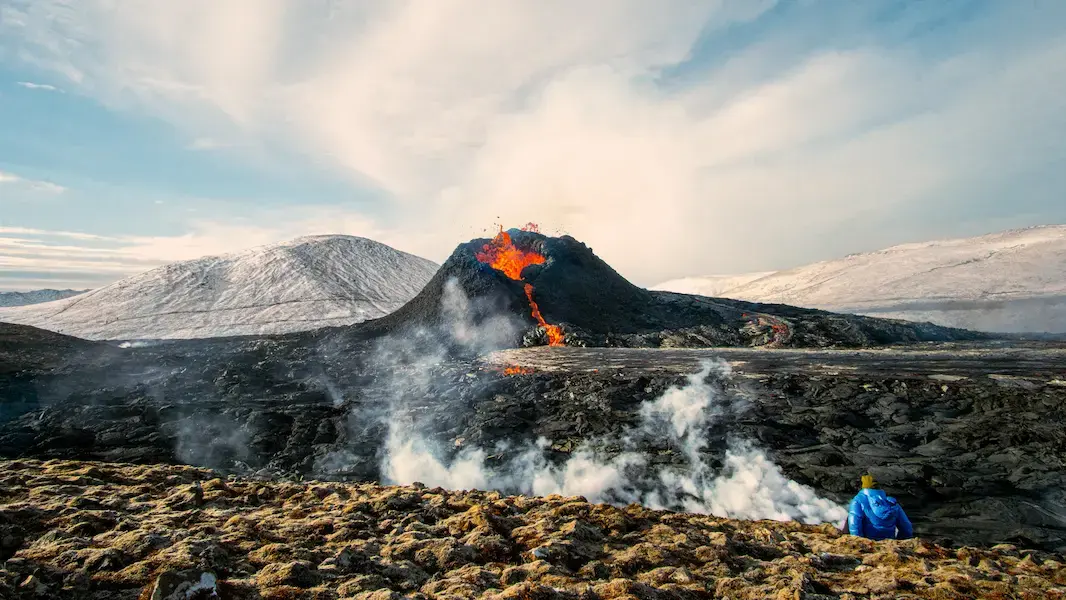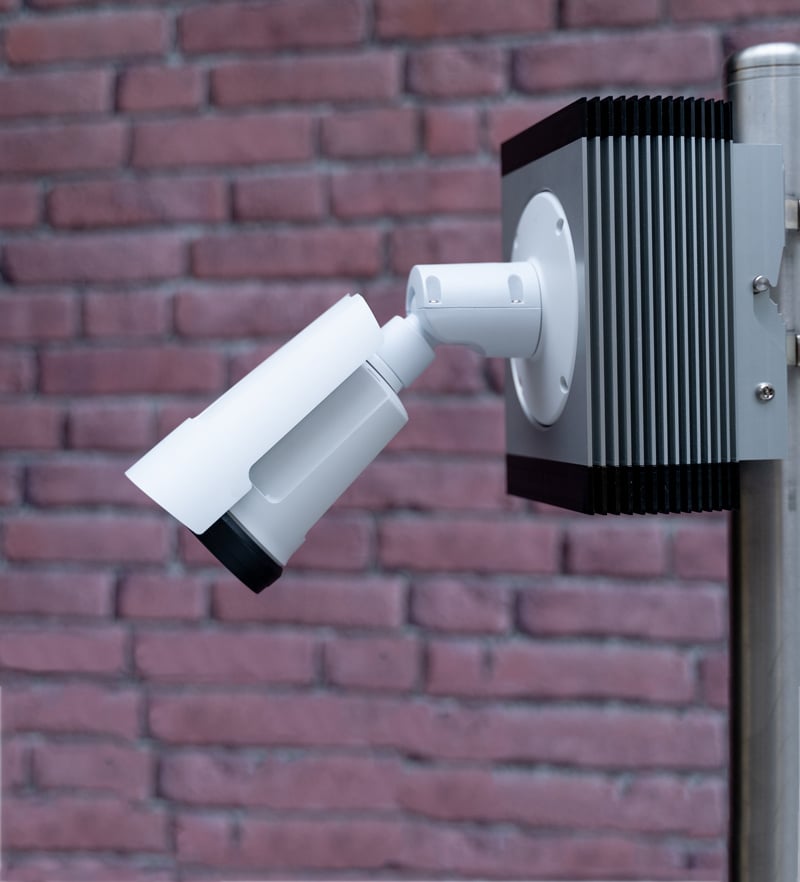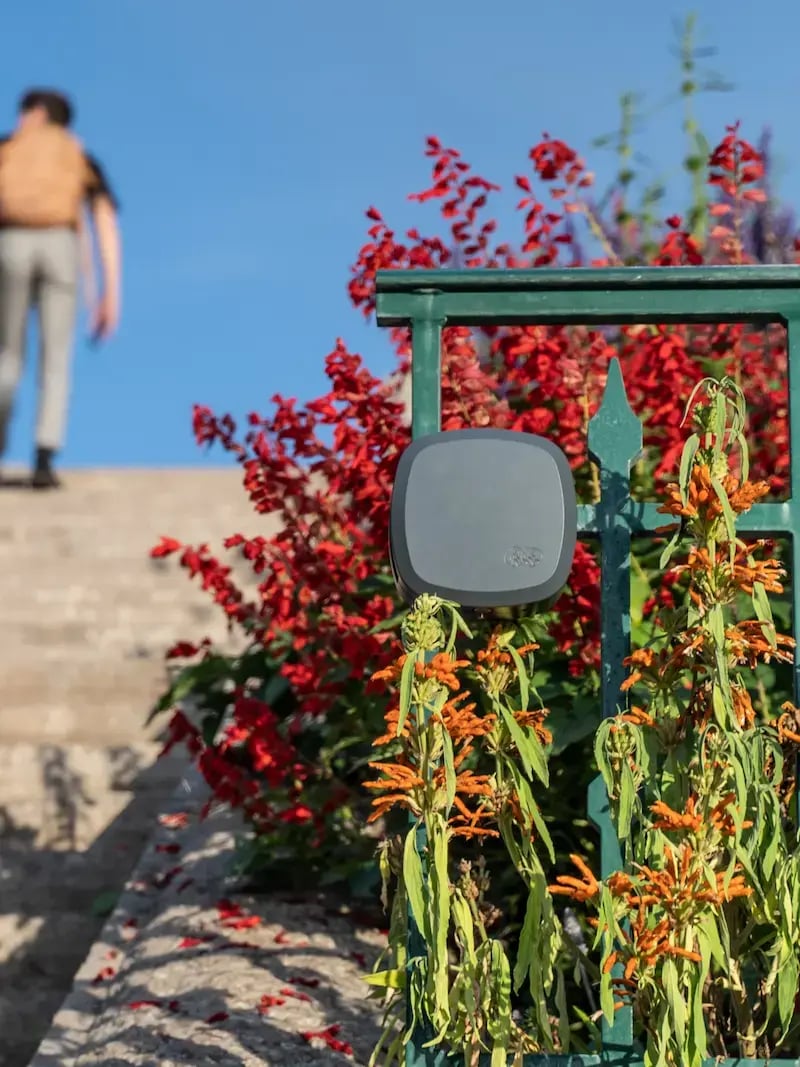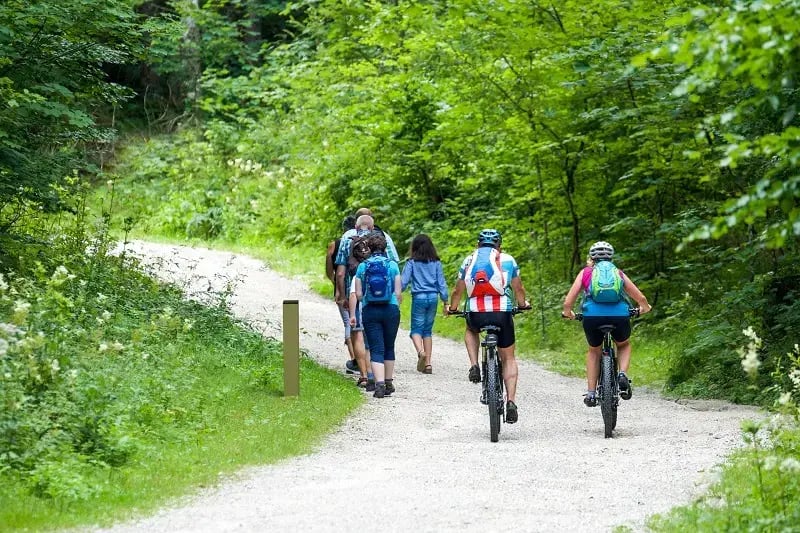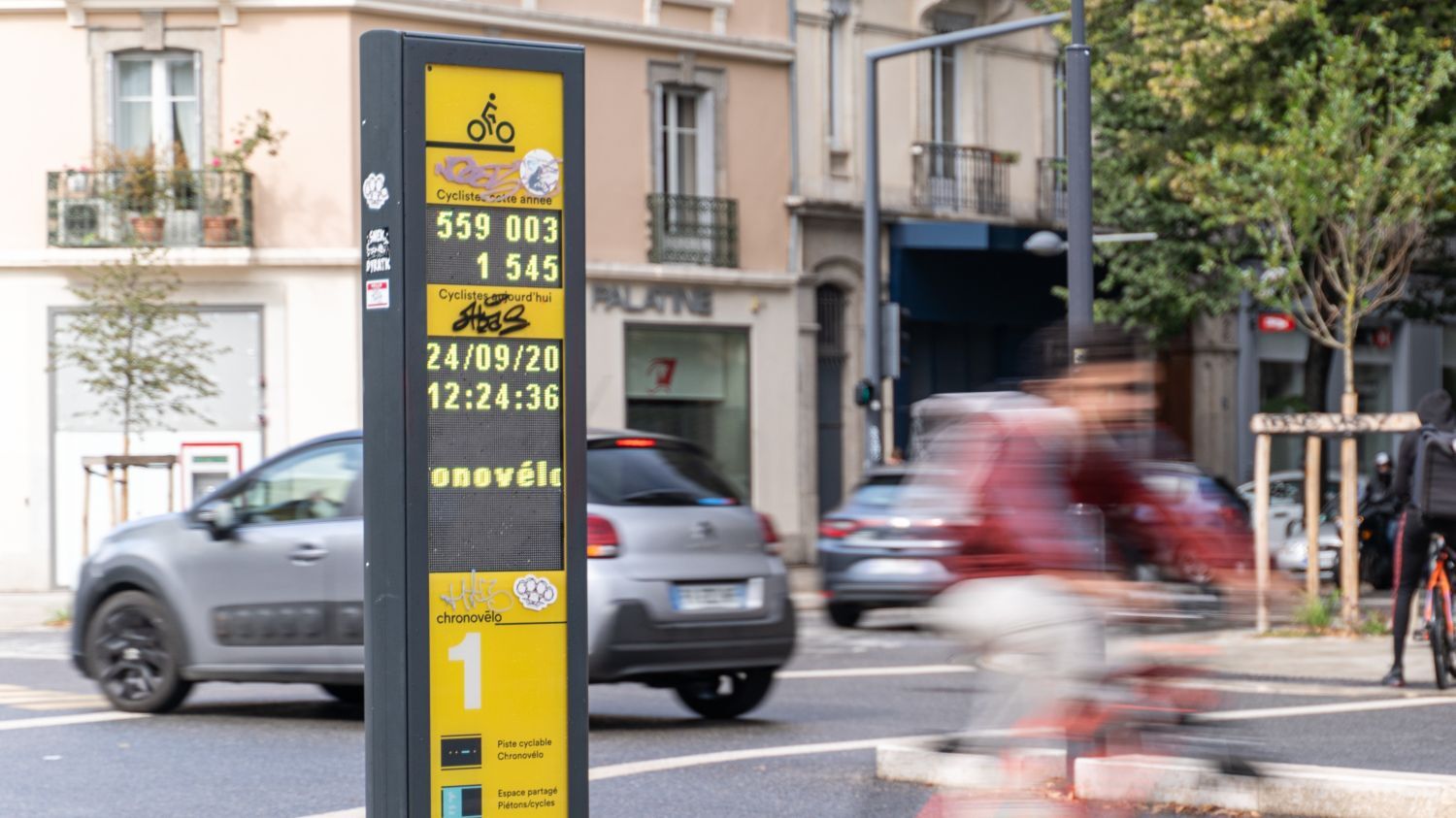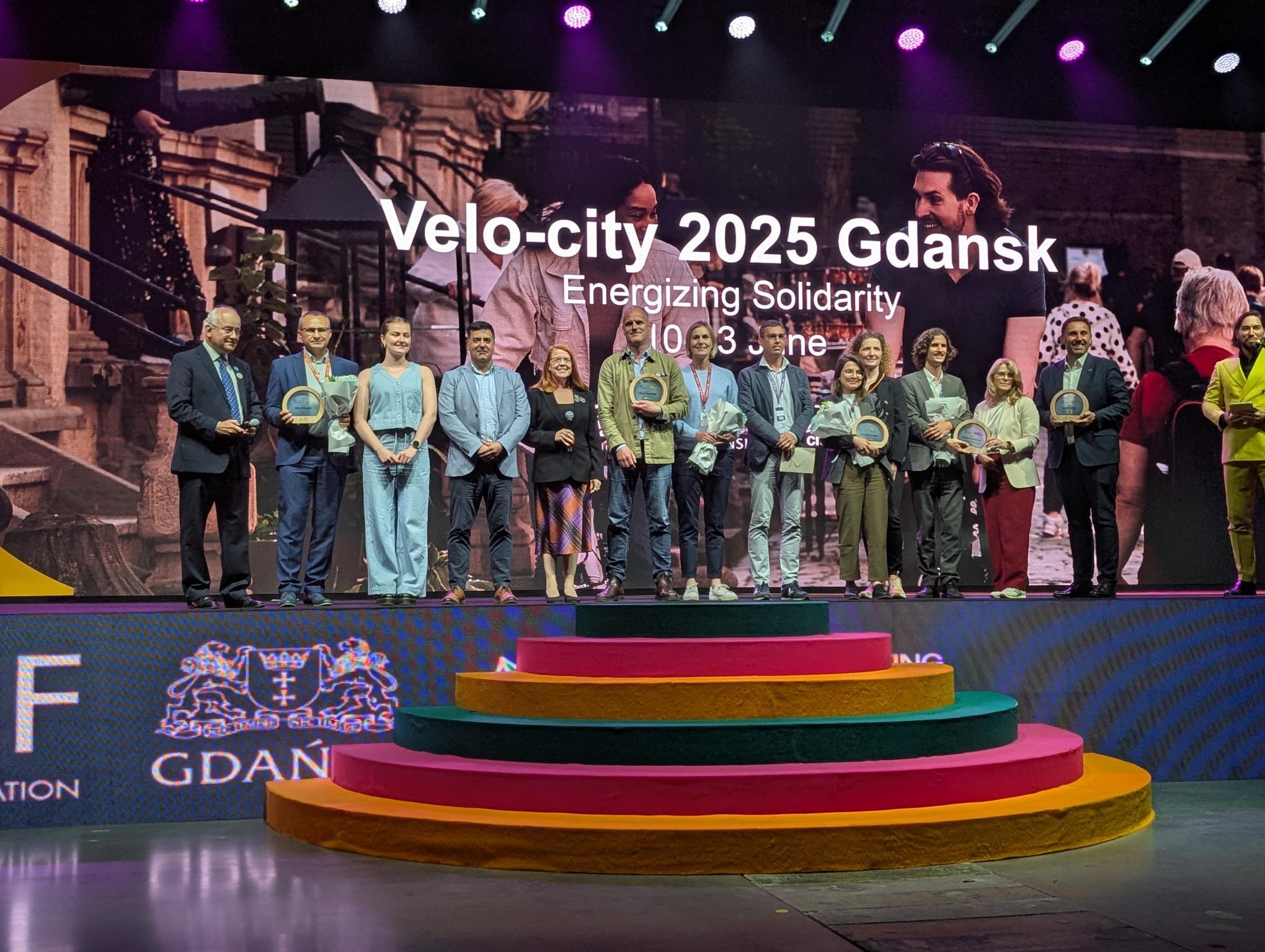Intense and touristic volcanic activity
Since March 19th 2021, the Reykjanes peninsula in southwest Iceland has been subject to a volcanic eruption. The eruption has been going on for about 4 months and the surrounding valleys are gradually filling up with lava. The volcanic eruption is located about 35 km (22 mi.) from Reykjavik, a rather densely populated and active area of the island. The eruption has now become a real tourist attraction, as it is the first volcanic eruption in this area in 800 years, and is a low-risk effusive lava eruption.
Data to monitor tourism at Iceland’s natural and volcanic sites
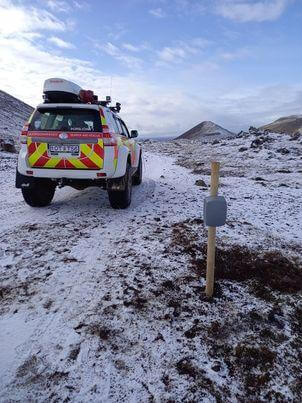
In the fall of 2020, the Icelandic Tourist Board decided to monitor the number of visitors for twenty natural sites using pedestrian counters, equipped with automatic data transmission, and to publish daily data on a dedicated dashboard in order to track traffic on the island’s most valuable tourist attraction: nature itself.
Anticipating the media coverage of the eruption, and the touristic flow that might follow, the Icelandic Environment Agency (Ferðamálastofa-UST) also set up a dedicated path to the volcanic site and equipped the Fagradalsfjall site with a pedestrian counter to understand the “before eruption/after eruption” effect.
Since its installation, data show that the site has experienced peak traffic of up to 12,000 visits per day in the early days of the eruption, before stabilising at around 2,500 visits per day. Hourly profiles also show that the site attracts more visitors after dark for a more spectacular view of the volcano.
This gives the tourism industry and the Icelandic government real data to analyze and estimate the number of visitors to the site at any given time. This answers questions such as: “Do rainy conditions reduce the number of visitors on site?” or “Is it normal for my group to be on site at peak time?” or “What resources are needed to evacuate the area as quickly as possible if needed”? Using data, travel agencies can also customize tours for any group of tourists. For example: choosing a time to visit when traffic is expected to be low. By using data to better meet the expectations of the group, the experience is more positive.
A pilot project is also underway to provide data every 15 minutes (instead of once a day currently). By receiving information at this rate, travel agencies can tailor tours even more closely to the needs of the group. For example, if traffic has been greatly underestimated at the site and the group is flexible on timing, a lunch break can be made or a stop at the nearby Seltún site, while waiting for the traffic to decrease.

